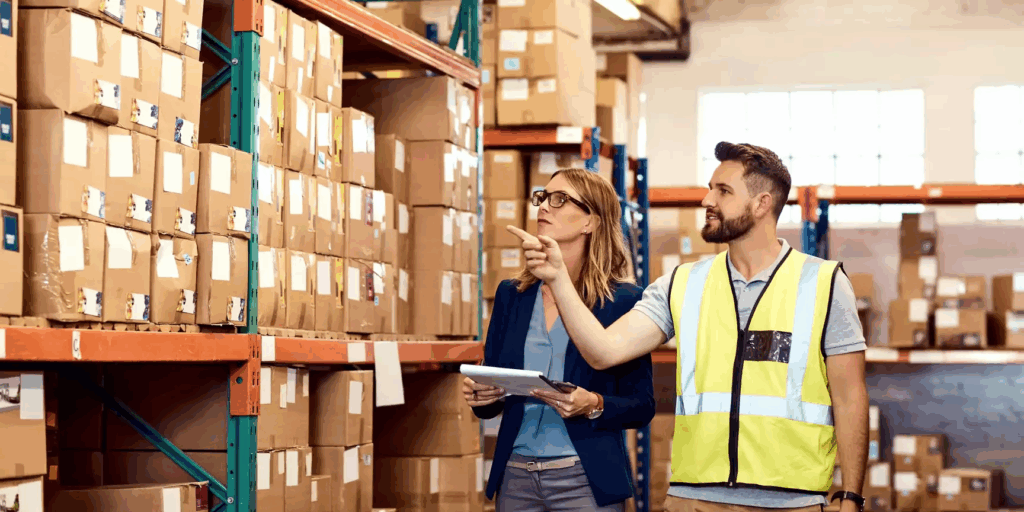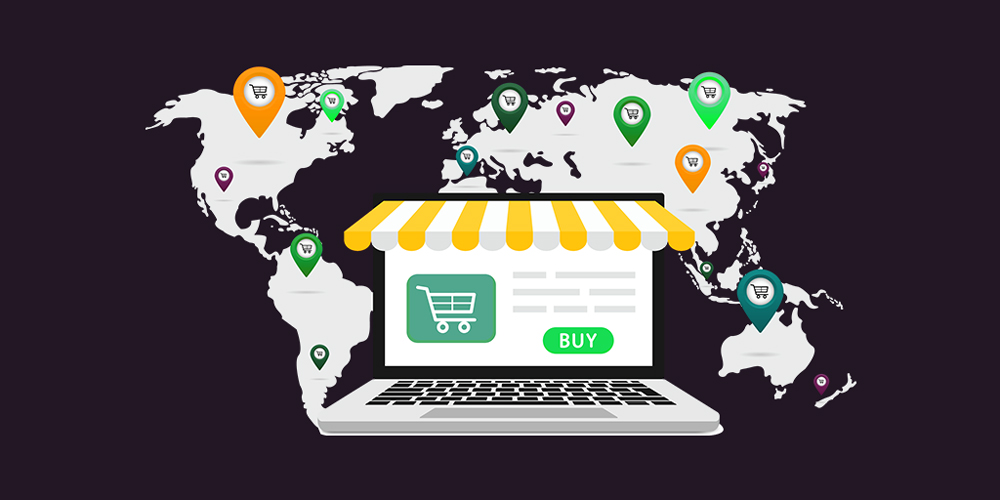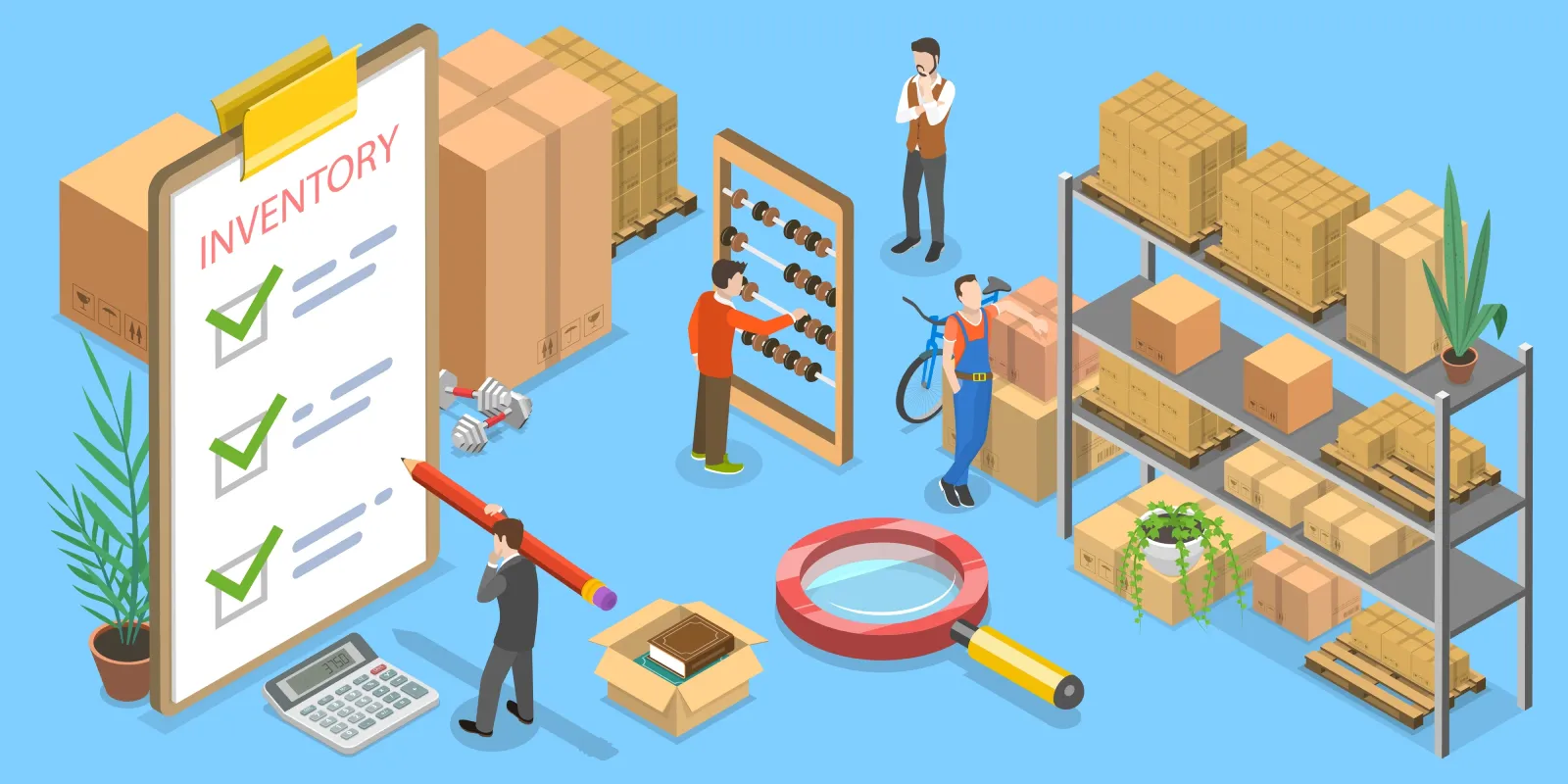Why Cross-Border E-commerce Depends on Global Logistics Track Platforms
Commerce électronique transfrontalier depends on global logistics track platforms to keep orders visible, deliveries efficient, and customers informed. As online shopping expands across regions, sellers face complex shipping networks and longer delivery chains. Without transparent tracking, delays and uncertainty can damage customer trust. A strong tracking platform solves these problems by connecting every step of the delivery process—from warehouse to doorstep—with real-time updates and data accuracy.

1. The Growing Need for Real-Time Global Tracking
Modern shoppers expect clear, fast, and reliable delivery updates. When a product ships internationally, multiple carriers, customs checkpoints, and local couriers are involved. This creates blind spots in tracking, especially when data systems are not unified.
Global logistics track platforms close these gaps. They integrate data from international carriers, translate tracking statuses, and display them in one dashboard. This allows both sellers and customers to track the location of a parcel and estimate its arrival time.
1.1 Why Real-Time Data Matters
Real-time tracking improves transparency and trust. Buyers no longer have to send repeated emails asking “Where is my order?” Sellers can detect delays early, respond proactively, and reduce refund or dispute rates.
1.2 Reducing WISMO Queries
WISMO—short for “Where Is My Order?”—is one of the biggest sources of customer service tickets in e-commerce. A global logistics track platform provides accurate updates and automated notifications, cutting these inquiries by up to 40%.
2. Simplifying Complex Cross-Border E-commerce Logistics
Shipping internationally involves multiple challenges—customs clearance, local regulations, currency differences, and last-mile delivery partners.
2.1 One Platform, Multiple Carriers
A global logistics track platform integrates all carriers into a single system. Instead of switching between websites or tracking numbers, merchants manage everything from one dashboard.
2.2 Centralized Data Control
Sellers can view shipping performance by region, carrier, or product category. This makes it easier to identify bottlenecks and improve delivery routes. With platforms like Colis postal, businesses gain instant access to unified tracking data across continents.
2.3 Customs and Compliance Assistance
Cross-border tracking tools can also manage customs data and shipment declarations. This helps prevent clearance delays and reduces human error during documentation.
3. Building Customer Confidence and Retention

Cross-border orders take longer to arrive. Without reliable tracking, customers can feel anxious and lose confidence in the seller.
3.1 Transparent Tracking Builds Trust
When customers see regular updates, including customs clearance and local delivery stages, they feel informed and reassured. Transparency creates repeat buyers and positive reviews.
3.2 Tracking as a Brand Experience
Tracking is not just logistics—it’s part of the post-purchase experience. Some businesses use branded tracking pages to show real-time updates alongside promotions or support options. Platforms like PostalParcel allow this customization, turning routine tracking into a marketing touchpoint.
3.3 Fewer Refunds and Chargebacks
Reliable tracking data helps resolve delivery disputes faster. If a customer claims a parcel hasn’t arrived, the seller can show proof of location and time stamps. This reduces refund losses and fraud risk.
4. Data-Driven Decision Making in Global E-commerce
Tracking systems generate valuable data about livraison speed, carrier reliability, and customer satisfaction.
4.1 Performance Analytics
E-commerce sellers can analyze metrics like average delivery time, on-time rate, and regional performance. This data supports smarter logistics decisions—for example, choosing faster routes or replacing underperforming carriers.
4.2 Demand Forecasting
By analyzing destination trends, merchants can predict high-demand regions and adjust inventory placement. Combining this with warehouse automation ensures faster delivery and lower costs.
4.3 Continuous Improvement
PostalParcel’s analytics tools help businesses monitor their logistics KPIs and detect emerging issues early. These insights lead to continuous operational improvements.
5. The Role of Automation in Global Logistics Track Platforms

Automation is revolutionizing the management of cross-border shipments.
5.1 Automated Status Updates
Instead of manual entry, every shipping event—label creation, export scan, customs clearance, and delivery—is automatically updated in the system. This reduces labor costs and human error.
5.2 Smart Notifications
Customers receive instant alerts by email or SMS when a parcel reaches key milestones. Automation improves engagement and reduces the need for support intervention.
5.3 AI-Powered Route Optimization
Modern tracking systems use AI to suggest optimal routes based on past performance, weather conditions, and customs timelines. This increases delivery reliability and reduces shipping time.
6. Challenges in Cross-Border Tracking and How Platforms Solve Them
Cross-border tracking is not always smooth. Data fragmentation and lack of system integration are common pain points.
6.1 Inconsistent Data Formats
Different carriers report tracking events in different formats. Global platforms normalize this data, presenting it in a consistent, easy-to-read timeline.
6.2 Time Zone and Language Differences
A shipment might pass through several countries, each using different time zones and languages. A global logistics platform standardizes timestamps and translates tracking messages, keeping everything clear for both merchants and customers.
6.3 Customs Delays
Delays at customs can disrupt delivery schedules. With predictive tracking, platforms estimate potential hold times based on historical data, giving sellers time to inform customers in advance.
7. Why PostalParcel Is a Key Partner for Cross-Border Sellers

PostalParcel offers an integrated global logistics track platform designed specifically for international e-commerce.
7.1 Unified Global Coverage
It connects with hundreds of international carriers, offering visibilité en temps réel for every shipment—no matter the destination.
7.2 Seamless Integration
PostalParcel works smoothly with major e-commerce systems like Shopify, WooCommerce. Sellers can automatically sync orders and tracking details, saving hours of manual work.
7.3 Proactive Notifications and AI Insights
Its intelligent alert system notifies customers about delays or delivery milestones. AI-based analytics detect risk patterns, helping brands act before issues escalate.
7.4 Scalable for Growth
From startups to large cross-border brands, PostalParcel scales easily. As shipping volume increases, automation ensures consistent performance without added workload.
8. The Future of Global Logistics Tracking for E-commerce
The next stage of cross-border logistics will focus on predictive intelligence, sustainability, and deeper system integration.
8.1 Predictive Tracking
Future platforms will go beyond showing where a parcel is—they’ll predict when it will arrive, considering weather, customs queues, and route history.
8.2 Green Logistics
Carbon tracking will become part of shipment visibility, allowing companies to monitor and offset emissions for eco-conscious customers.
8.3 Full Ecosystem Integration
Global logistics track platforms will integrate with payment gateways, warehouse management systems, and customer service tools to create a seamless commerce infrastructure.
Conclusion
Cross-border e-commerce depends on global logistics track platforms because they bring visibility, reliability, and control to international shipping. They help businesses reduce uncertainty, boost customer satisfaction, and make smarter decisions with data. For brands aiming to scale globally, tools like Colis postal turn complex logistics into a transparent, efficient, and customer-focused process that builds long-term trust and growth.
Aperçu de l'industrie
nouvelles via la boîte de réception
Nulla turp dis cursus. Integer liberos euismod pretium faucibua







